Where growing brands become category leaders
We find your strategic advantage, elevate your brand and help build the marketing systems so you can own your category.




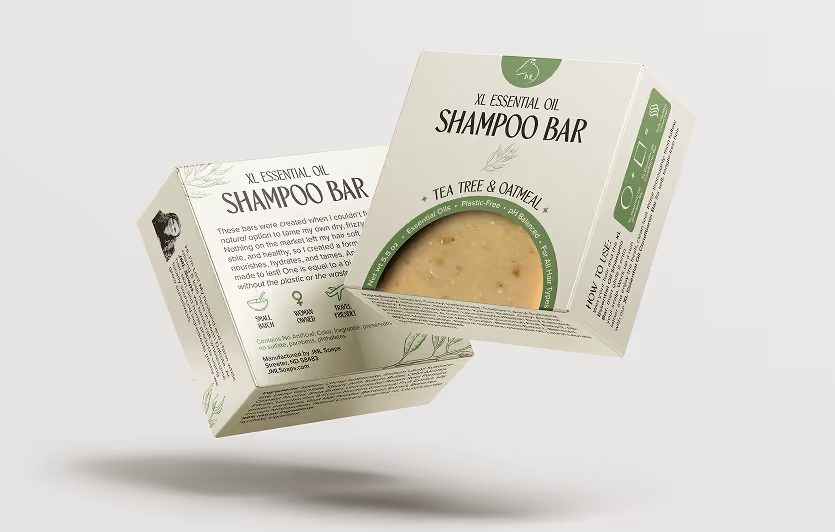





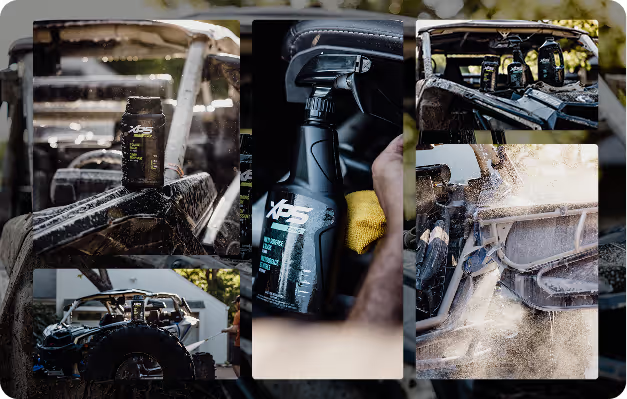

.avif)


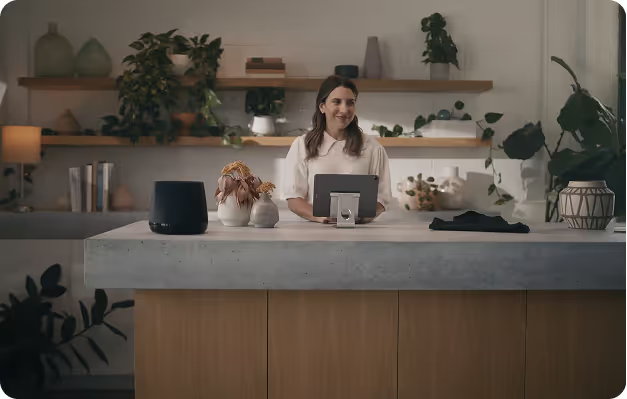


Giving you the capacity to lead, not just execute..
Most 7-8 figure entrepreneurs get stuck managing vendors and executing projects– Meta ads one day, a landing page the next, social content the day after. The result? Marketing that never compounds into a true brand.
At Lucid, we bring your brand into focus and create marketing engines that build category leaders.

Strategic thinking. Start up speed.
Strategic guidance embedded with your team, paired with creative & marketing execution that moves at startup speed.

Strategic partnership
Work with a dedicated creative director who guides strategy and thinks at the business level, not just at the campaign level.

Nimble execution
Rolling project queue. Senior-level work. Fast turnarounds when speed matters. Strategic depth when it counts.

Integrated approach
Strategy informs creative. Creative validates strategy. One partner who owns both. No coordination chaos.
Momentum measured by impact







Real results from real founder-led brands


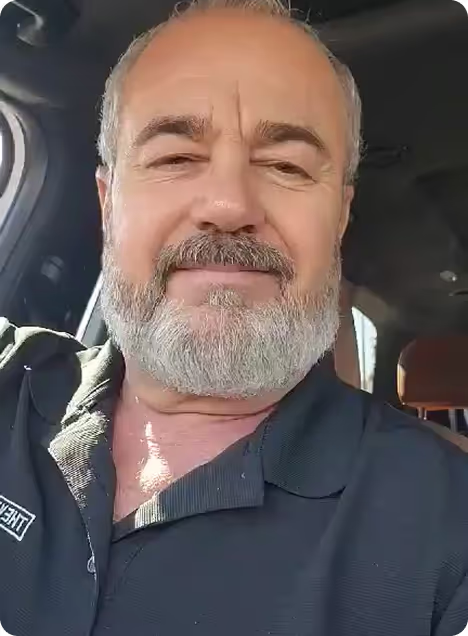

Capabilities fit for modern digital commerce
Every piece of creative work you'll ever need, and more.


![A man and woman sitting inside a softly lit sauna with the text '[ GIVEAWAY ] CITYCAVE' overlaid.](https://cdn.prod.website-files.com/68e91060e9ec0efc4f042644/68eea817b4e9858646d7b254_36c8352816f6c867bb73e296d69bed690ebb06e9.avif)

The perfect fit for fast moving brands
Explore the exclusive advantages of partnering with Lucid for all your creative & marketing needs.
Your capacity, returned
One team for all your creative and web needs. Strategic guidance + execution built for brands that refuse to slow down.
.avif)
No-long term commitment
Month-to-month, quarterly, or annual. You choose the commitment level. Just pick what works for your budget and timeline.
Senior-level talent
Creative director plus senior designers, developers, and marketers. Every project gets experienced pros who've helped brands like yours.

Cut labor costs by more than half
Get talent for half the cost of hiring in-house. One monthly fee replaces multiple salaries, benefits, and overhead—freeing up budget to focus and grow on what matters.
No more hiring hassels
Start working with senior talent immediately—no ramp-up time, no HR overhead. Skip the months of recruiting, interviewing, and onboarding. Your dedicated team is ready to ship from day one.

Not a marketplace. Not freelancers. Not a traditional agency.
Just great people making effective marketing, web, and creative accessible for fast moving brands.
FAQs
Everything you need to know about working with Lucid.
Your dedicated Creative Director becomes your strategic partner. They meet with you weekly to understand what's coming up—launches, campaigns, seasonal needs. Then they work with you to scope and submit the right projects to the execution team. You're never alone figuring out what to request or how to brief it.
Week 1: Your Creative Director conducts deep discovery—brand audit, competitive analysis, performance review, roadmap planning.
Week 2-4: First projects ship (usually 4-6 deliverables). Your Creative Director refines processes based on your feedback.
By Week 3: Most brands know if we're a fit. If not, your Creative Director helps with transition planning.
Your Creative Director. They're your strategic partner who understands your business, guides what to build, helps scope requests, and ensures quality before anything reaches you. Think of them as your embedded creative leader—without the $150k salary.
Your Creative Director helps you submit as many requests as your business needs. The execution team works on one at a time and delivers each in 48-72 hours (Dependent on project). Once one ships, they start the next. No monthly limits, no project caps.
That's exactly why you have a Creative Director. They'll audit your current online footprint, analyze performance data, and proactively recommend what to build next. You're not expected to be the expert—they are.
Up to 24-72 hours per request (dependent upon scope) after your Creative Director scopes it with the execution team. Examples: Ad creative (2 days), landing page (5 days), email design (1-2 days), product page (2-3 days). Your Creative Director manages timelines and keeps everything moving.
Your Creative Director reviews everything before you see it and requests revisions on your behalf. Unlimited revisions until it's right. If we're fundamentally not a fit after Month 1, we'll help you transition—no hard feelings. But that rarely happens because your Creative Director ensures alignment from day one.





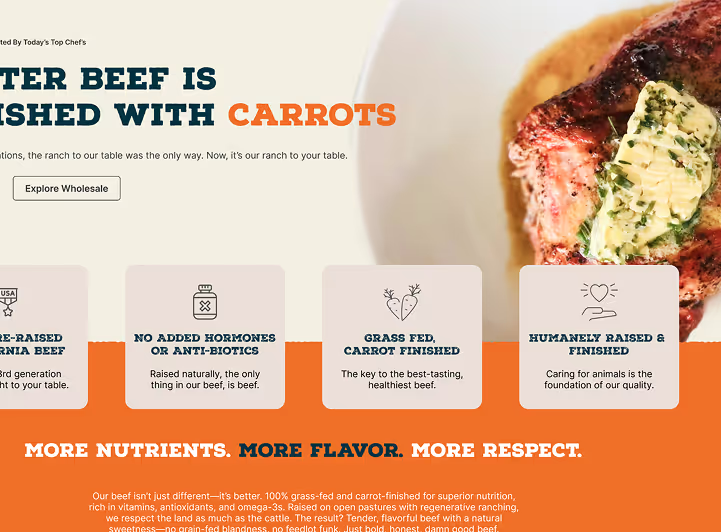
![A man and woman sitting inside a small wooden sauna with soft yellow and blue lighting, with the words '[ GIVEAWAY ] CITYCAVE' overlayed.](https://cdn.prod.website-files.com/68e91060e9ec0efc4f042644/68f91838dc82cbbeda786f20_Image-5.avif)